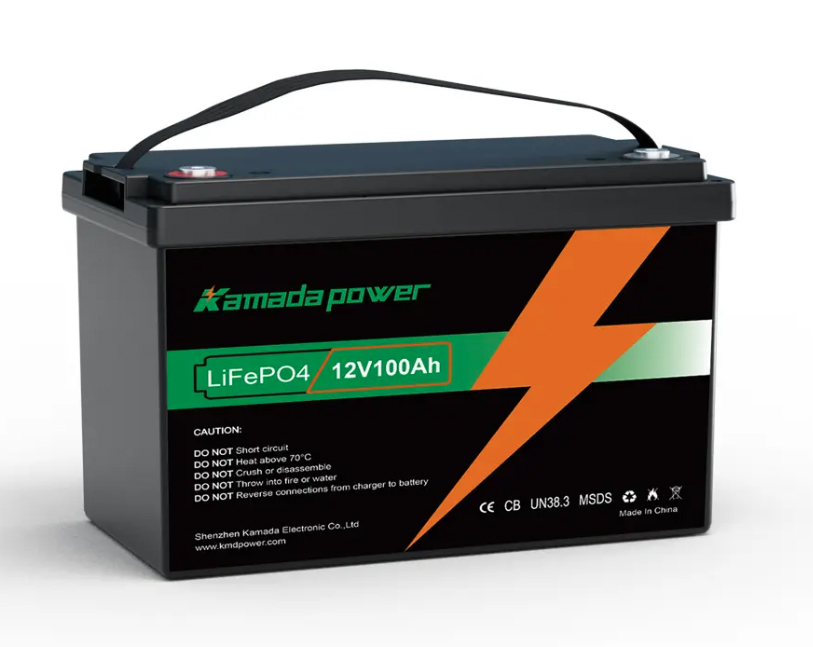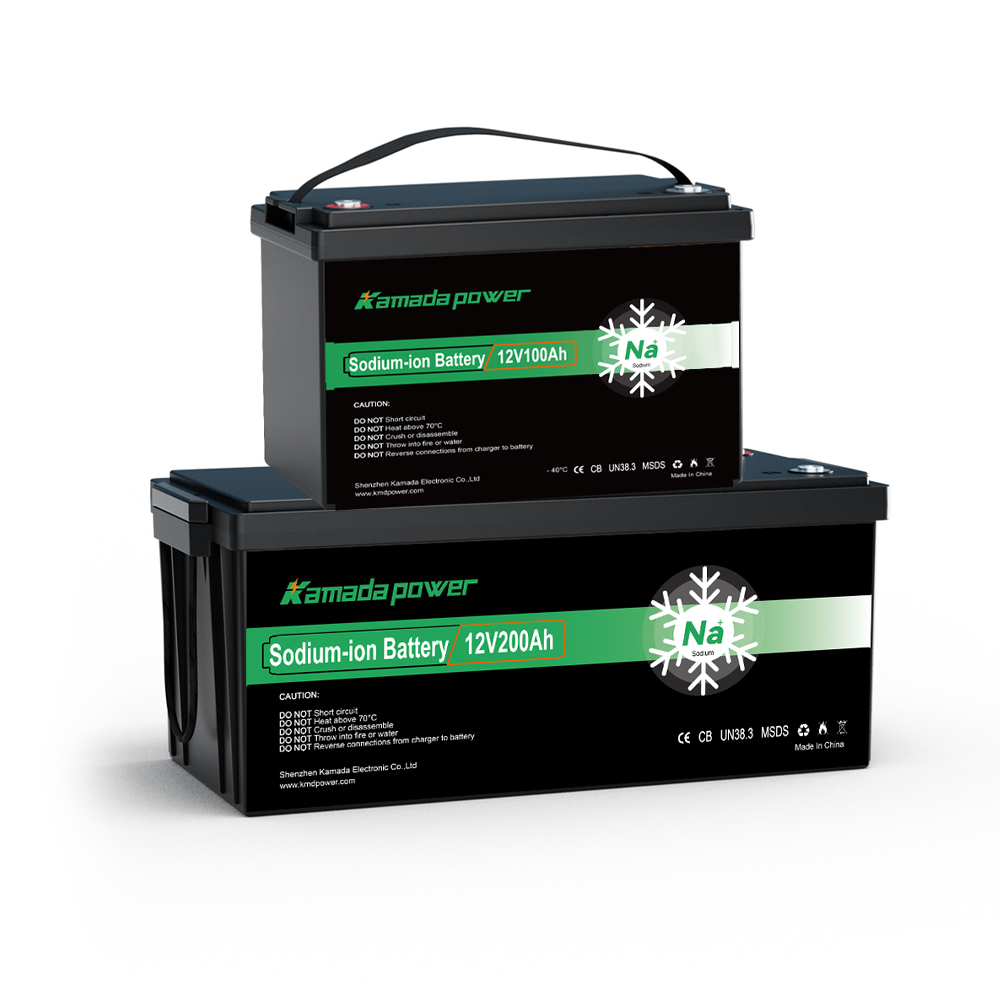Top 6 Tips for Solar Battery Maintenance. The second shift is starting, and a critical piece of equipment—a forklift, an AGV, the backup power for a server rack—sits dead on the floor. The meter on that downtime is running, and it’s quickly outpacing the price of the battery itself. This isn’t a hypothetical. It’s a scene I’ve seen play out in warehouses, data centers, and manufacturing plants for years.
I’ve spent over 15 years as a technical consultant in industrial power systems, and I can tell you this: the root cause is rarely a bad battery. It’s almost always a lack of basic maintenance. Protecting your investment in battery technology isn’t about adding complex overhauls to your schedule. It’s about building a few smart habits into your workflow. Here are six steps that will extend your battery’s cycle life, lock in safety, and actually improve your bottom line.

12v 100ah lifepo4 battery

12v 100ah sodium ion battery
Tip 1: Control the Operating Environment
Industrial sites are tough on equipment. I get it. But the space around your battery packs demands respect—treat it like a clean room. Heat, dirt, and moisture are guaranteed to kill your battery’s performance and longevity.
- Heat is the #1 Killer: High ambient temperatures (consistently over 30°C / 86°F) accelerate the chemical decay inside any battery cell. For a fleet of forklifts running LiFePO4 batteries, that can mean a 10-20% shorter lifespan in just a couple of years. In a commercial Energy Storage System (ESS), excess heat just makes the HVAC systems work harder, eating into your ROI.
- Dust & Debris Clog the Arteries: Most large battery packs need to breathe through cooling vents or fans. When warehouse dust clogs these, the pack overheats. It’s like trying to run an engine without a radiator. The internal temperature creeps up, the BMS (Battery Management System) will likely throttle performance to protect the cells, and you’re left with sluggish equipment and a high risk of failure.
- Moisture Means Corrosion & Risk: In places like food processing plants or marine applications, moisture is a constant problem. Even a little can start terminal corrosion. That creates high-resistance hot spots that waste energy and present a serious fire hazard.
Your Action Plan:
- Monthly Visual Sweep: Have someone on your team do a monthly visual check of battery housings and charging areas. Look for dust on vents and make sure there’s at least a foot of clear space around each unit for airflow.
- Quarterly Clean-Down: After following proper lockout/tagout safety procedures, use compressed air (at a low, safe pressure) and a dry cloth to clean the exterior casings and vents. Never use a pressure washer. Never use liquid solvents.
Tip 2: Listen to Your Battery’s Brain (The BMS)
Your battery’s BMS is its brain. It’s the onboard computer tracking voltage, current, temperature, and State of Health (SoH). The software portal you use to see this data is your most powerful maintenance tool. Ignoring it is like driving with the check engine light on.
I’ve seen it with logistics clients: a sudden drop in a single battery’s ability to hold a charge is often the first whisper of a failing cell. Catching that on the dashboard lets you pull the unit for service before it dies mid-shift. For a large solar-plus-storage site, BMS alerts can flag an underperforming string of modules long before it hurts the site’s total output.
Your Action Plan:
- Weekly Dashboard Check: Make it a routine. Spend 10 minutes scanning the fleet’s State of Charge (SoC) for fault codes or any outliers.
- Establish a Baseline: You have to know what “normal” looks like. If a battery used to end a shift with 30% SoC and now comes back with 15%, it’s telling you something is wrong.
Tip 3: Optimize Your Charging Strategy
Constantly charging a battery to 100% and draining it to 0% puts massive stress on the internal chemistry. It’s the battery equivalent of redlining a car’s engine every day. It’ll run, but not for long.
By managing the State of Charge window, you can get dramatically more cycles out of a battery pack. For multi-shift operations using opportunity charging, setting the system to charge to only 85-90% can add thousands of useful cycles to its life. That one-time software setting can put off replacement costs by a year or more for an entire fleet.
Your Action Plan:
- Consult Your Provider: Talk to your battery supplier about your operational needs. They can program an SoC window that balances performance with long-term health. The sweet spot for most lithium chemistries is between 20% and 90%.
- Know the Override: Make sure your team knows how to do a full 100% charge when it’s absolutely needed—like for a manufacturer-required balance charge—but make sure it doesn’t become the daily habit.
Tip 4: Inspect the Physical Connections
In high-vibration environments, connections work themselves loose. It’s common for mobile equipment or backup systems near heavy machinery. A loose terminal bolt creates electrical resistance, which generates a surprising amount of heat. This directly causes energy loss, poor performance, and is a potential fire hazard.
Your Action Plan:
- SAFETY FIRST: Frankly, this is a job for a trained technician. Period. They must de-energize and lock out the system completely before touching anything.
- Annual Torque Check: During a professional service, a tech will use a calibrated torque wrench to check every connection against manufacturer specs. This needs to be a non-negotiable part of your annual PM schedule.
Tip 5: Don’t Skip the Firmware Updates
Don’t forget the software. The firmware on your BMS is just as important as the physical cells. Manufacturers release updates to improve charging algorithms, add safety protocols, and fine-tune cell balancing. A simple firmware update can make your battery perform better and last longer. We’ve seen updates fix extreme temperature performance or boost charging efficiency by a few percentage points—a small number that adds up to real energy savings.
Your Action Plan:
- Stay Connected: If your battery systems are network-capable, get them connected. It’s the simplest way to receive updates.
- Check with Your Service Provider: During your annual PM, have your technician check for and install any new firmware.
Tip 6: Schedule Professional Preventative Maintenance
Visual checks are great, but you can’t see what’s happening inside the cells. Only a qualified technician with the right diagnostic tools can. Think of an annual professional service as insurance, not a cost. They handle the critical tasks your in-house team simply can’t, including:
- Load Testing: Simulating a real-world workload to see how the battery holds up under stress.
- Cell-Level Diagnostics: Checking individual cell voltages to find imbalances in the pack.
- Insulation Resistance Testing: A critical safety check to find any electrical leakage that could create a hazard.
This professional sign-off is often required to keep your warranty valid, and it gives you a clear, documented health record for the asset.
Conclusion
Look, proper maintenance isn’t about adding more tasks to your team’s plate. It’s about a smarter approach to asset management. By keeping a clean environment, watching your BMS data, using smart charging, and relying on pros for the heavy lifting, you get out of the reactive “fix-it-when-it-breaks” cycle. You move to a proactive strategy that drives uptime, improves safety, and gives you a much healthier total cost of ownership.
Ready to see how a proactive maintenance strategy could benefit your operation? Contact us We can help you identify opportunities to enhance the performance and lifespan of your battery assets.
FAQ
How often do our industrial batteries really need professional servicing?
For most applications like forklifts or AGVs in a typical warehouse, an annual professional service is the industry gold standard. For mission-critical systems like data center UPS or grid-scale BESS, a semi-annual check is often wise, and your service level agreement (SLA) might even require it.
What if our warehouse isn’t climate-controlled?
A very common and important question. If your facility deals with extreme heat or cold, choosing the right battery chemistry upfront is vital. A sodium-ion battery pack, for example, has a wider operating temperature range than many LiFePO4 chemistries, making it a more forgiving choice for tough environments. If you already have lithium-ion batteries, maximizing ventilation and avoiding direct sun is crucial. Your BMS is your safety net here; it will automatically protect the battery if temperatures get out of hand.
Can we replace just one failing battery pack in a larger string or fleet?
While you technically can, we almost never recommend it. A new battery will have a different internal resistance and capacity profile than your older units. This imbalance makes the whole system work harder—especially the new battery—which leads to poor efficiency and premature failure of your brand-new asset. Truthfully, it’s almost always more cost-effective in the long run to plan for replacing entire strings or fleets together.